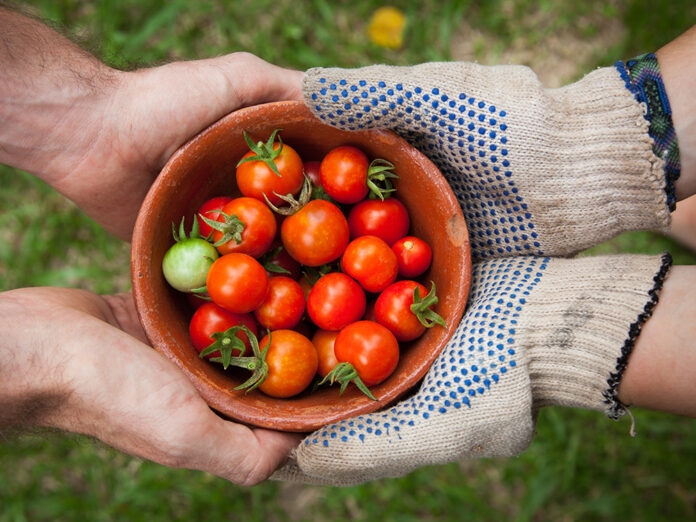
By Al Brandenburg
You may have started to plant your tomatoes, peppers and cukes. Early April in Arizona’s low desert garden is one of the most beautiful times of year, but one of the biggest mistakes made by Maricopa gardening rookies is timing. Spring in Wisconsin, for example, is much like autumn in Arizona so people may plant the wrong thing at the wrong time.
Raising vegetables in the desert can be daunting to people who forget the planting cycle is different. Planting tomatoes in May can lead to heartache in July. The desert has two growing seasons — spring and fall. And both have vegetables that grow best in colder or warmer temperatures. Folks from the East or Midwest should think of low desert summers as a gardening winter, not a time to sow seeds.
Summer is our harshest season, but unlike December in Indiana, vegetables can grow in July if you plant warm-weather vegetable varieties in early spring. The planting season may seem topsy-turvy to transplants, but you can still plant a garden now or start to plan a fall garden.
As with real estate, location matters. Look at where and when shadows are cast in your yard and place the garden accordingly. Vegetable plants like sunlight, at least 6-8 hours a day. It’s easier to mitigate too much sunlight than too much shade. Shade cloth is an easy, inexpensive fix. Start modestly. Even veteran gardeners can be frustrated.
I recommend a four foot by four foot, raised bed at least 18 inches high. Many local nurseries and home-improvement stores sell ready-made gardening beds, or you can build one from untreated wood. Valley soil is rich in minerals but lacks organic matter. For raised beds, I recommend a 50-50 planting mixture of native soil and compost that can be purchased at Ace or Lowes.
Vegetables also need to be watered at least one foot deep. The urge may be to overwater, but it’s as dangerous as underwatering. Plants need oxygen, and too much water can drown them. As temperatures heat up, annual plants will need more frequent watering. Water to a depth of about six inches, and allow the top of soil to dry out before watering again.
Plant appropriate vegetables and varieties. For instance, don’t plant a tomato in late March that will take 90 days to bear fruit. That tomato would be harvested when temperatures are likely in the triple digits. Read labels and select varieties that are 45 to 60 days to harvest. This is the time to plant cucumbers, beans, green onions and peas.
Have fun!
Al Brandenburg is a Pinal County Master Gardener.
This column appears in the April issue of InMaricopa magazine.





![Maricopa’s ‘TikTok Rizz Party,’ explained One of several flyers for a "TikTok rizz party" is taped to a door in the Maricopa Business Center along Honeycutt Road on April 23, 2024. [Monica D. Spencer]](https://www.inmaricopa.com/wp-content/uploads/2024/04/spencer-042324-tiktok-rizz-party-flyer-web-218x150.jpg)






![Alleged car thief released without charges Phoenix police stop a stolen vehicle on April 20, 2024. [Facebook]](https://www.inmaricopa.com/wp-content/uploads/2024/04/IMG_5040-218x150.jpg)




